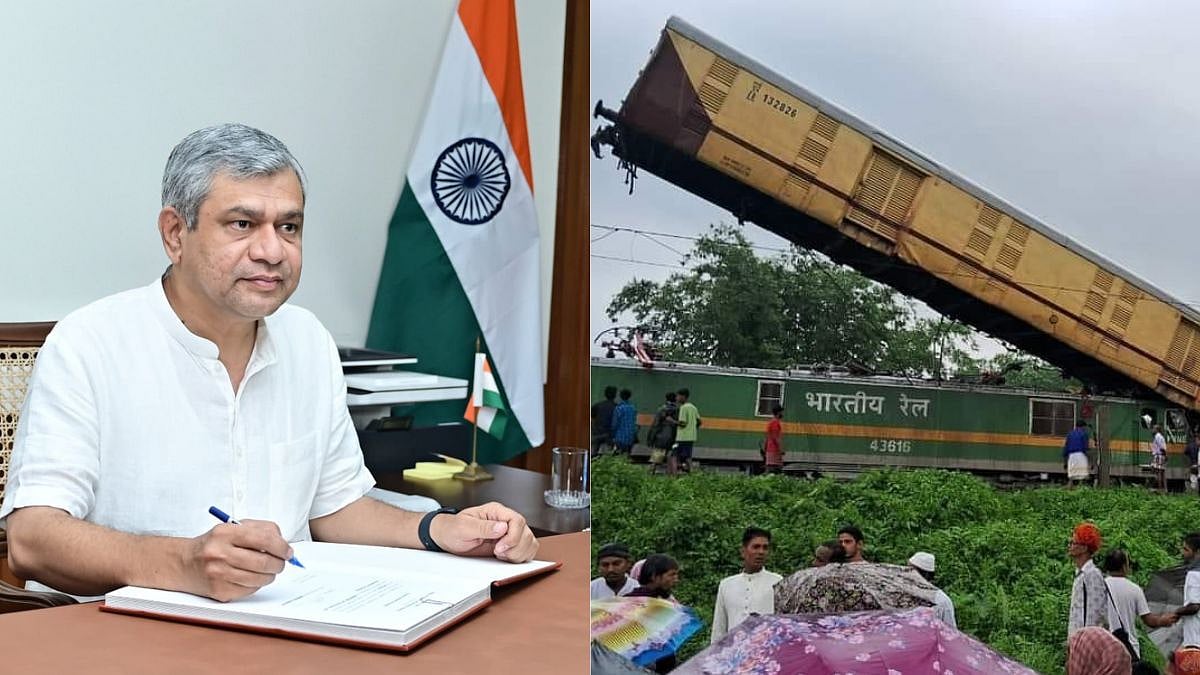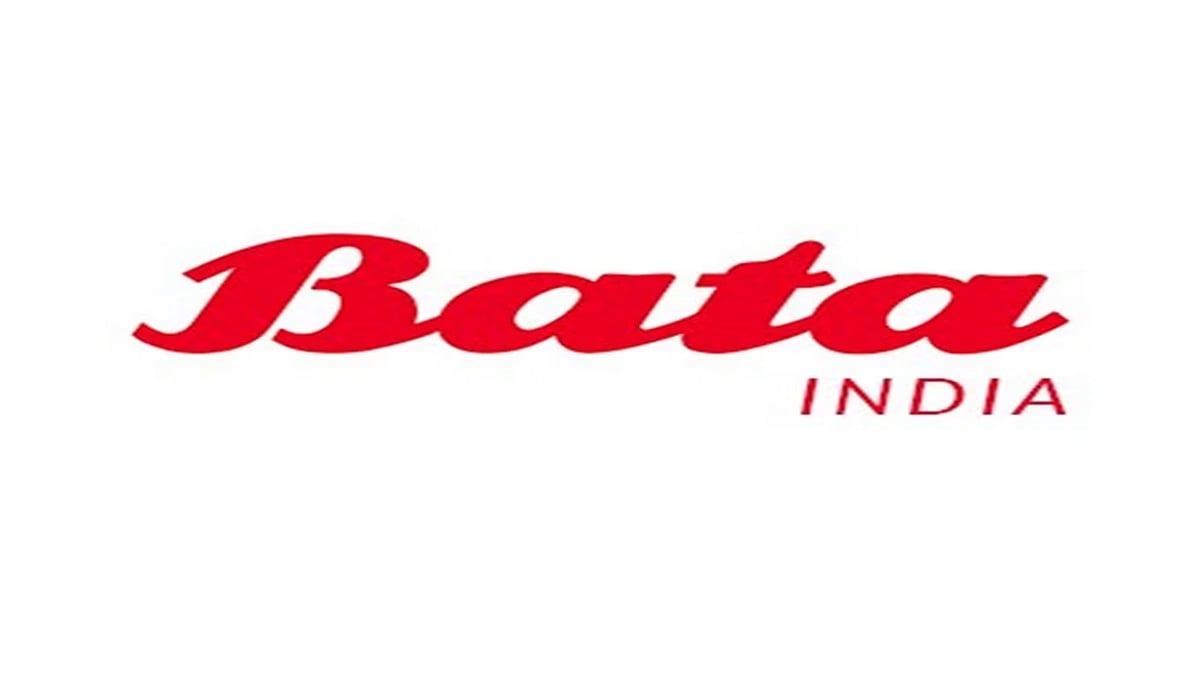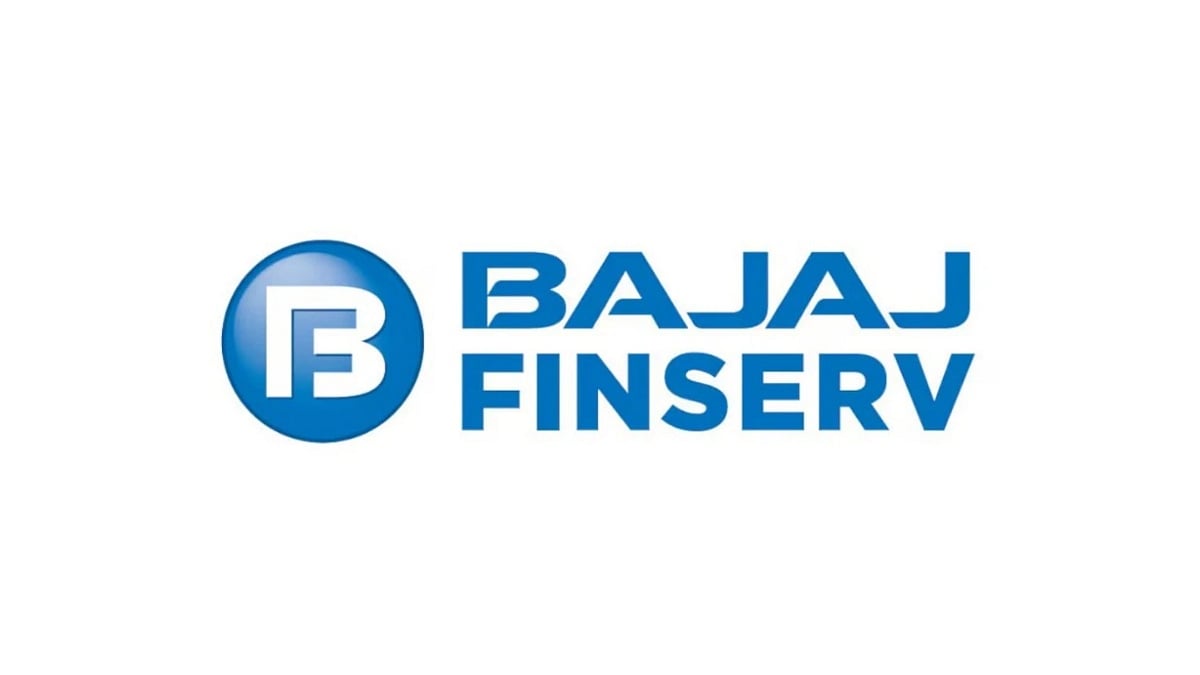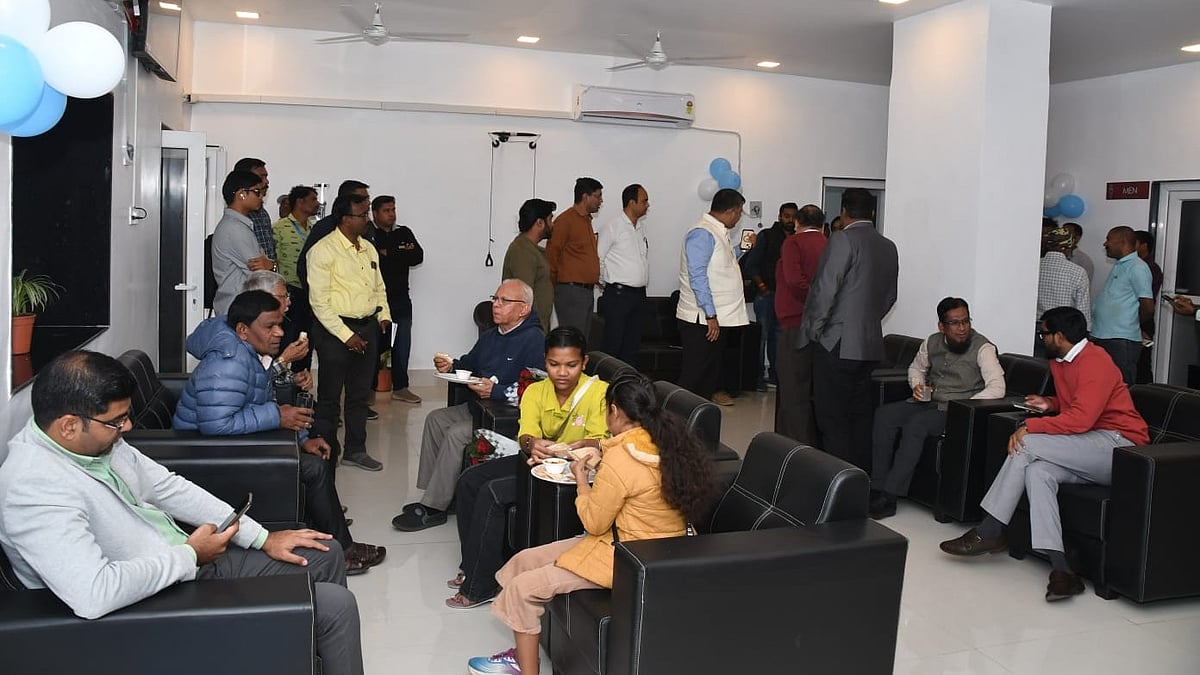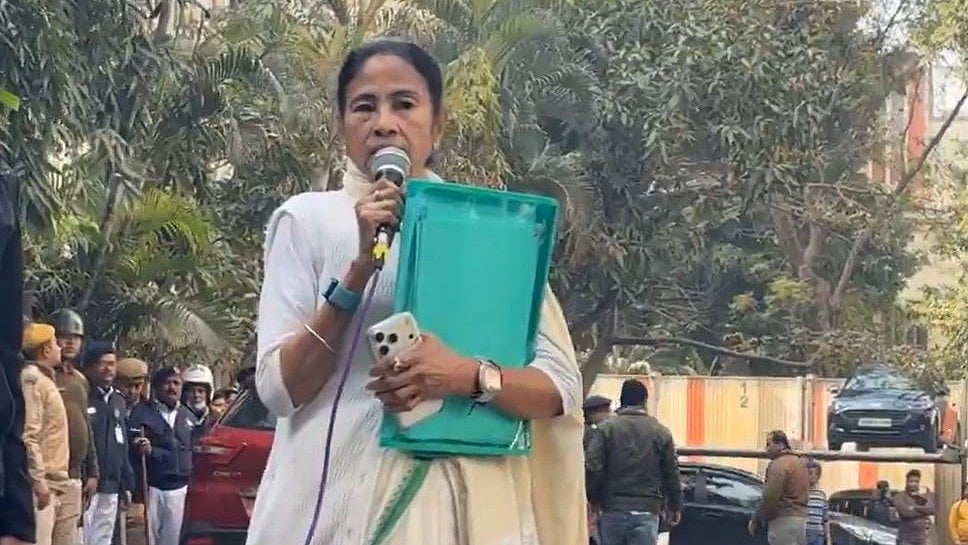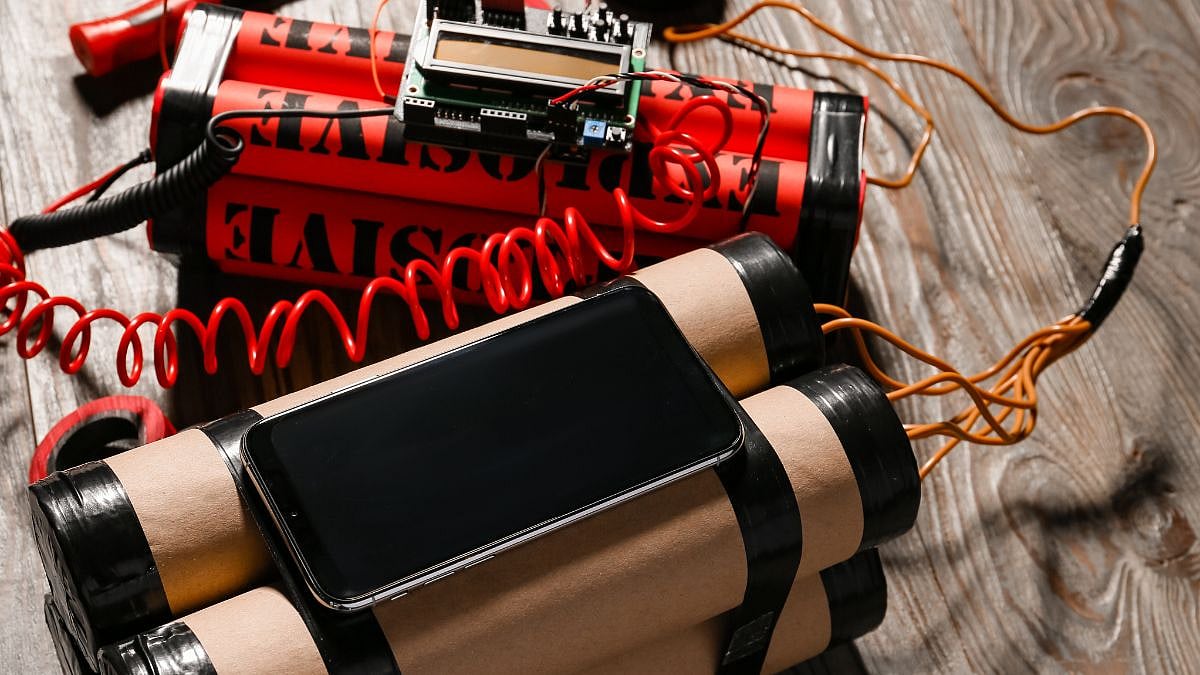On June 17, a terrible accident happened on the Guwahati-Delhi route when a goods train collided with the Kanchanjunga Express train, which was headed to Kolkata, West Bengal. At least 15 people died, and over 60 were injured. With the Balasore accident in 2023, the Kavach anti-collision system has once again gained attention due to this incident. The goal is to have the system installed on every railroad in the country. For railroads specifically, the native Kavach collision avoidance system was developed. Let us examine the functions and definition of the Kavach anti-collision system.
The Kavach automatic train protection (ATP) system, developed by the Research Designs & Standards Organization (RDSO) for the Indian Railways, is a technological marvel that has received certification for Safety Integrity Level 4 (SIL-4). Launched in 2012 as the Train Collision Avoidance System (TCAS) project, Kavach aims to reduce accident rates and enhance safety on Indian Railways. The system was brought into use in 2022.
Notable Features Of The Kavach System
In an emergency, the train will automatically apply the brakes to maintain speed if it tracks a train on the same rail route. The Kavach helps in signaling the line inside the train compartment and automatically whistling at level crossings in the event of fog and rapid acceleration if the driver fails to do so. The Kavach also updates the movement of the train with the railway authority frequently. Direct communication between locomotives is available through the system to avoid collisions. One of the impressive things of the system is that it can activate the use of SOS to prevent mishaps and accidents.
Function Of The Kavach System
The railway signaling system, tracks, locomotives, and individual stations are all equipped with multiple Radio Frequency Identification (RFID) and electronic devices spaced one kilometer apart. The current system communicates with its components using ultra-high radio frequencies, but a 4G LTE-based system is being developed. Kavach issues a warning if a train driver disregards a signal (also known as Signal Passed at Danger, or SPAD), which is the main reason for train accidents. The system can notify the train operator instantly and take control of the brakes if it detects another train on the same track within a predetermined distance.
The device continuously tracks the train's location and signals the engines ahead in inclement weather, such as fog. Key components of the European Train Control System and the Indian anti-collision device are combined in Kavach.
Components Of Kavach System
Radio Frequency Identification (RFID) technology has been installed in the tracks of the railway network. Without a direct line of sight or physical contact, this technology uses electromagnetic fields to automatically detect and retrieve data from a wireless device at a distance.
Furthermore, the driver's cabin (locomotive) is equipped with RFID readers, a computer, and brake interface equipment.
Finally, train stations have radio infrastructure installed. This infrastructure consists of towers and modems.
Cost Of Installing The Kavach System
The implementation of the Kavach system is expensive. While equipping a locomotive with Kavach technology costs about Rs 70 lakh per unit, installing trackside and station equipment costs about Rs 50 lakh per kilometre. Kavach received a budget allocation of Rs 710 crore for the fiscal year 2024, compared to an approximate allocation of Rs 560 crore for the 2025 interim budget.
How Many Kavach Systems Are Installed?
Railway Minister Ashwini Vaishnaw gave an update on the Kavach implementation during a February Rajya Sabha meeting. According to him, Kavach has been deployed primarily on the South Central Railway network, covering 1,465 route kilometers and employing 139 locomotives, including Electric Multiple Unit (EMU) rakes. He also mentioned that tenders have been awarded for the installation of Kavach on the 3,000 route kilometers that make up the Delhi-Mumbai and Delhi-Howrah corridors.
Significant advancements in the construction of necessary infrastructure were also noted by Vaishnaw, including the completion of 269 telecom towers and 3,040 kilometers of optical fiber cable installation. In addition, 170 units have been mounted on locomotives, and 186 pieces of equipment have been placed at stations. 827 route kilometers have seen the deployment of track-side equipment.
